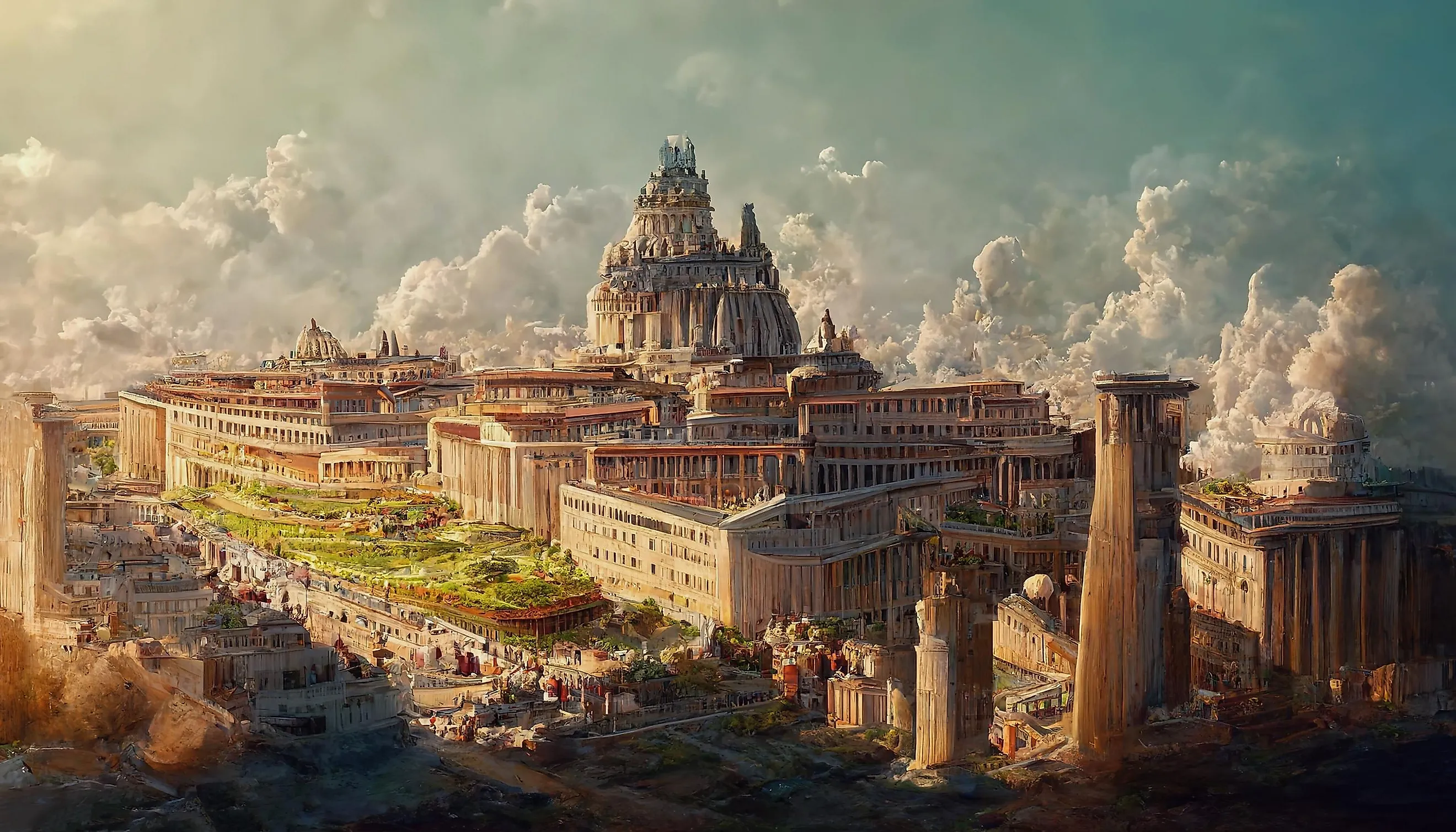Discovering The Historical Sites Of Troy
Share
Troy, located in modern-day Turkey, is a treasure trove of history and mythology. Known primarily for its role in Homer's "Iliad," this ancient city has captivated the imagination of travelers and historians alike. With its rich tapestry of legends and archaeological wonders, Troy offers a unique glimpse into the past. Whether you're a history buff or simply looking for a fascinating destination, the historical sites in Troy promise an unforgettable experience.

The Legend of Troy
The story of Troy is steeped in legend, most famously told through the epic tales of the Trojan War. According to mythology, the city was besieged by Greek forces for ten years due to the abduction of Helen, the wife of Menelaus, king of Sparta. The war ended with the cunning use of the Trojan Horse, a ploy that allowed Greek soldiers to infiltrate the city. This narrative has not only shaped literature but also the cultural identity of the region.
Key Attractions in Troy
1. The Archaeological Site of Troy
The centerpiece of any visit to Troy is the archaeological site, a UNESCO World Heritage Site that showcases the remnants of the ancient city. Excavations have revealed layers of civilization dating back to the Bronze Age, with ruins that include walls, houses, and temples.
![]()
What to See:
- The City Walls: The impressive fortifications that once protected Troy from invaders.
- The Temple of Athena: A sacred site dedicated to the goddess, showcasing the religious significance of Troy.
- The Odeon: An ancient theater that hosted performances and gatherings.
2. The Trojan Horse Replica
No visit to Troy would be complete without a photo op with the iconic Trojan Horse. This large wooden structure, a symbol of the cunning strategy that led to Troy's downfall, is a popular attraction for visitors. You can climb inside and imagine the tales of old.

3. The Museum of Troy
Adjacent to the archaeological site, the Museum of Troy houses artifacts unearthed during excavations. The exhibits provide context to the ruins and tell the story of the city's long history. From pottery to jewelry, the museum offers a fascinating insight into the daily lives of Troy's ancient inhabitants.

Best Time to Visit Troy
The ideal time to visit Troy is during the spring (April to June) and fall (September to October) months. During these periods, the weather is mild, making it perfect for exploring the archaeological sites. Summers can be hot, with temperatures soaring above 30°C (86°F), while winters can be chilly and rainy.
Weather Overview:
- Spring: Mild temperatures, blooming flowers, and fewer tourists.
- Summer: Hot and crowded; best for beachgoers.
- Fall: Pleasant weather, ideal for sightseeing.
- Winter: Cold and wet; fewer crowds but some sites may be less accessible.
Getting to Troy
Traveling to Troy is relatively straightforward. The nearest major city is Çanakkale, which is well-connected by bus and ferry services. From Çanakkale, you can take a short bus ride to the archaeological site.
Flights and Transfers
For those looking to book flights, you can find convenient options through this link: Flights to Troy. Additionally, if you need transfers from the airport or nearby cities, check out this link: Transfers.
Accommodation Options
Staying near Troy offers a range of options, from budget hostels to luxurious hotels. Consider booking your accommodation in Çanakkale for easy access to the historical sites. Here are some recommended places to stay:
- Hotel Kale: A charming hotel with a view of the Dardanelles.
- Troia Tusan Hotel: A beachfront hotel offering modern amenities.
- Anzac Hotel: A comfortable stay with a focus on hospitality.
You can find more hotel options and book your stay here: Hotels in Troy.
Things to Do Around Troy
While the historical sites are the main attraction, there are plenty of other activities to enjoy in the surrounding area:
- Visit the Ancient City of Assos: Just a short drive from Troy, Assos offers stunning views and ruins that date back to the 4th century BC.
- Explore Gallipoli: Known for its historical significance during World War I, the Gallipoli Peninsula is a poignant site to visit.
- Relax at the Beaches: The Aegean coast is dotted with beautiful beaches, perfect for a relaxing day after exploring the ruins.
Local Cuisine to Try
No trip to Troy is complete without indulging in the local cuisine. Turkish food is known for its rich flavors and variety. Be sure to try:
- Kebabs: Grilled meats seasoned with spices.
- Mezes: A selection of appetizers, perfect for sharing.
- Baklava: A sweet pastry made of layers of filo filled with nuts and honey.
Cultural Etiquette
When visiting historical sites in Troy, it's essential to respect the local culture and customs. Here are a few tips:
- Dress Modestly: Especially when visiting religious sites.
- Ask Before Taking Photos: Some areas may have restrictions.
- Learn Basic Turkish Phrases: Locals appreciate when visitors make an effort to speak their language.
Final Thoughts
Troy is more than just a historical site; it’s a journey back in time to a world filled with myth and legend. Whether you're walking through the ancient ruins, marveling at the Trojan Horse, or exploring the museum, each moment spent in Troy is a step into a captivating narrative that has shaped history.
As you plan your visit, remember to book your flights and accommodations early to secure the best options. The stories of Troy await you, ready to be uncovered and cherished. Don’t miss out on this remarkable destination that continues to inspire and intrigue travelers from around the globe.




